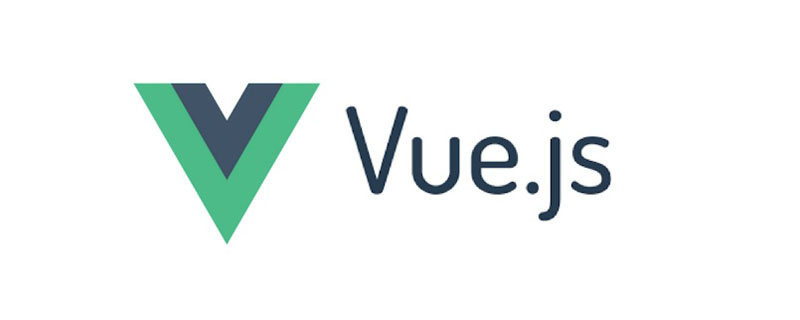Home >Web Front-end >Vue.js >How to introduce echars in vue.js
How to introduce echars in vue.js
- coldplay.xixiOriginal
- 2020-11-11 11:51:062045browse
How to introduce echars in vue.js: 1. Global introduction, the code is [title:{text: 'ECharts Getting Started Example'}]; 2. On-demand introduction, the code is [require('echarts/lib /component/tooltip')].

【Recommended related articles: vue.js】
vue.js introduces echars Method:
1. Install echarts dependencies
npm install echarts -S
2. Create a chart
a :Global import
main.js页面
import echarts from 'echarts'
Vue.prototype.$echarts = echarts
Hello.vue页面
<div id="myChart" :style="{width: '300px', height: '300px'}"></div>
<script>
export default {
name: 'FuncFormsBase',
data () {
return {
msg: 'Welcome to Your Vue.js App'
}
},
mounted () {
this.drawLine();
},
methods: {
drawLine () {
var echarts = require('echarts');
var myChart = echarts.init(document.getElementById('main'));
myChart.setOption({
title: {
text: 'ECharts 入门示例'
},
tooltip: {},
xAxis: {
data: ['衬衫', '羊毛衫', '雪纺衫', '裤子', '高跟鞋', '袜子']
},
yAxis: {},
series: [{
name: '销量',
type: 'bar',
data: [5, 20, 36, 10, 10, 20]
}]
});
}
}
}
</script>
<style scoped>
</style>b:On-demand import
The above global import will package all echarts charts, causing the size to be too large, so I think it is best to It is better to introduce it on demand.
// 引入基本模板
let echarts = require('echarts/lib/echarts')
// 引入柱状图组件
require('echarts/lib/chart/bar')
// 引入提示框和title组件
require('echarts/lib/component/tooltip')
require('echarts/lib/component/title')
export default {
name: 'hello',
data() {
return {
msg: 'Welcome to Your Vue.js App'
}
},
mounted() {
this.drawLine();
},
methods: {
drawLine() {
// 基于准备好的dom,初始化echarts实例
let myChart = echarts.init(document.getElementById('myChart'))
// 绘制图表
myChart.setOption({
title: { text: 'ECharts 入门示例' },
tooltip: {},
xAxis: {
data: ["衬衫", "羊毛衫", "雪纺衫", "裤子", "高跟鞋", "袜子"]
},
yAxis: {},
series: [{
name: '销量',
type: 'bar',
data: [5, 20, 36, 10, 10, 20]
}]
});
}
}
}Related free learning recommendations: JavaScript (video)
The above is the detailed content of How to introduce echars in vue.js. For more information, please follow other related articles on the PHP Chinese website!

